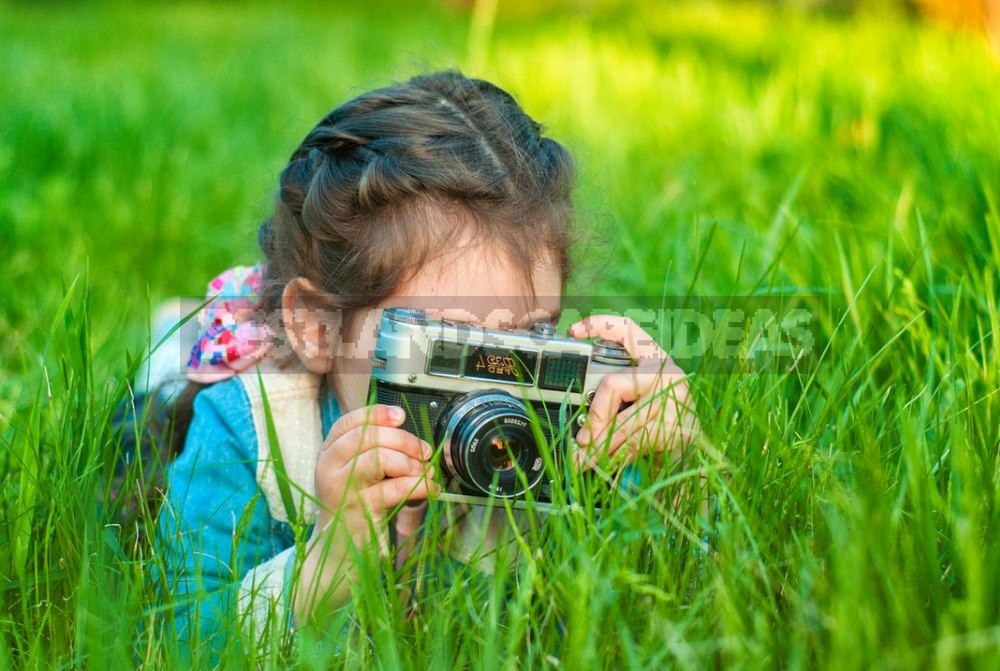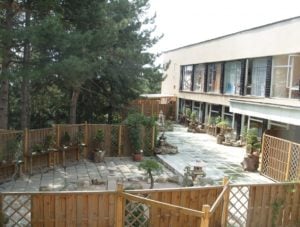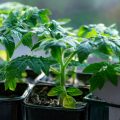There are many similarities between the genres of ordinary and landscape photography, which is why the techniques of portrait photography are also relevant when perpetuating flowers, fruits, and even shrubs and trees.
So, what should you focus on when shooting a “garden portrait”?
The Subject of the Survey
In any shooting, the main thing is to choose the object, determine the plot center of the composition and correctly place it. What is the main, what is secondary, and what is interfering and requires removal from the frame — all this must be solved before taking a picture. When we shoot a portrait of a flower in a mixborder, we choose the most beautiful of all and prepare the “main character” for shooting: if necessary, we correct the petals, tear off the dried leaves, bend them in the direction of unnecessary neighbors. Otherwise, the photo will show a randomly selected fragment of a flower garden with randomly arranged flowers, dry or withered leaves,pieces of soil and other unnecessary, distracting nonsense.
Sharpness
The sharpness of the subject center is an essential criterion for a good photo, and this is especially important for a portrait shot. Whether we are shooting a rose flower or a chestnut shoot with a swollen apical bud: all of them should be in focus, with clearly distinguishable details. But it is desirable to blur the background, so that our object stands out against it as clearly as possible.
The degree of blurring of the background is known to be adjusted by selecting the size of the aperture, the focal length of the lens, and the degree of distance of the camera from the subject. Knowing these rules for controlling the depth of field of the image space, which we talked about in one of the previous publications, you can greatly shade the background, which makes the photo very spectacular.

Tip: for a portrait picture, try to choose a more or less uniform background, without very bright and dark fragments. Use the rules of the color wheel and be sure to consider the combination of the main object and the background from the point of view of coloristics. The best results are obtained when the colors are complementary (located on the color wheel opposite each other) or nuanced, and an achromatic background is also good.
Lighting
One of the most important points of shooting is the proper use of existing lighting conditions. We know that the light can be very different: daytime or morning, sharp solar or scattered, passed through the screen of clouds. Soft morning or evening light is most favorable for portraits, as well as light with a slight cloud cover. The harsh midday light creates contrasting lighting with black shadows and a lack of detail, so often the digital camera’s matrix cannot capture the full range of lights and shadows in a single image. Beautiful portrait shots of plants with pastel colors are obtained during fog or haze, hiding the background.
The direction of light also plays a significant role: the oblique, lateral rays of the low sun well emphasize the volume of the main object. Extremely effective can be counter-lighting counter-or counter-diagonal light, in which the leaves or petals of the corolla of flowers shine brightly in the sun.

By photographing small objects, such as shrubs or individual flowers, you can create a beautiful light-shadow picture of the image, using reflectors or a large piece of watman to fill in the shadows.
Foreshortening
A lot of questions arise about the shooting angle. How best to shoot-straight or at an angle to the horizon, from above or below? There are no ready-made solutions here. The concept of foreshortening in photography is somewhat blurred. The angle is understood as the point of shooting, as well as the angle at which the shooting is conducted, and the direction of shooting. Most often you have to meet with a normal shooting point, when the camera and the subject are on the same level and the latter looks familiar. At the top point of the survey (from top to bottom) we visually reduce the size of the object.
Portrait photography of small garden and natural objects — small shrubs, flowers, mushrooms from a height of human growth-usually gives an unimportant result. Too much free space is left in the frame, which is not very good for shooting a portrait. The background is too close to the object, it is difficult to separate it.
High point shooting is more suitable for shooting landscapes. But the lower point of the survey allows you to get very interesting results.
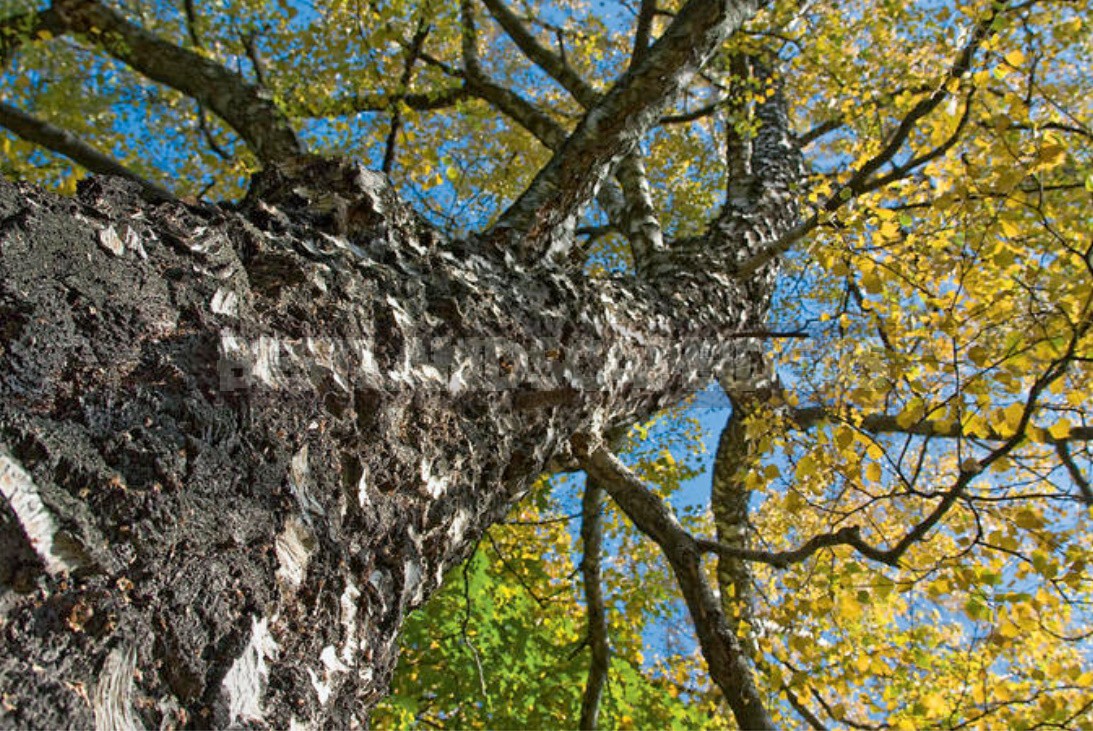
The shooting direction in relation to the subject can be central, lateral, or diagonal. The choice of angle is different in each case, but it is considered that the central (frontal) direction is too static and usually less interesting, while the diagonal composition is more dynamic.
Focal length
A few words about choosing the focal length of the lens. Traditionally, portraits are taken using lenses with a range of approximately 70-135 mm (2-4 inch). With these parameters, the person’s face is the most attractive, with a minimum of geometric distortions. For portraits of plants, this indicator is not so critical, interesting pictures can be taken with wide-angle optics and telephoto lenses.
It is not terrible if the appearance of the plant in the picture changes slightly — sometimes optical distortions will make the picture original and unique. For portrait photography, the vertical format is more typical, and it is called portrait. However, this is not a dogma, much depends on the shape of the plant and on what the photographer wants to say with his picture. For example, a portrait of a meadow flower in its natural habitat can be taken in a horizontal format and even in a panoramic one, if its solo role in the image is preserved.
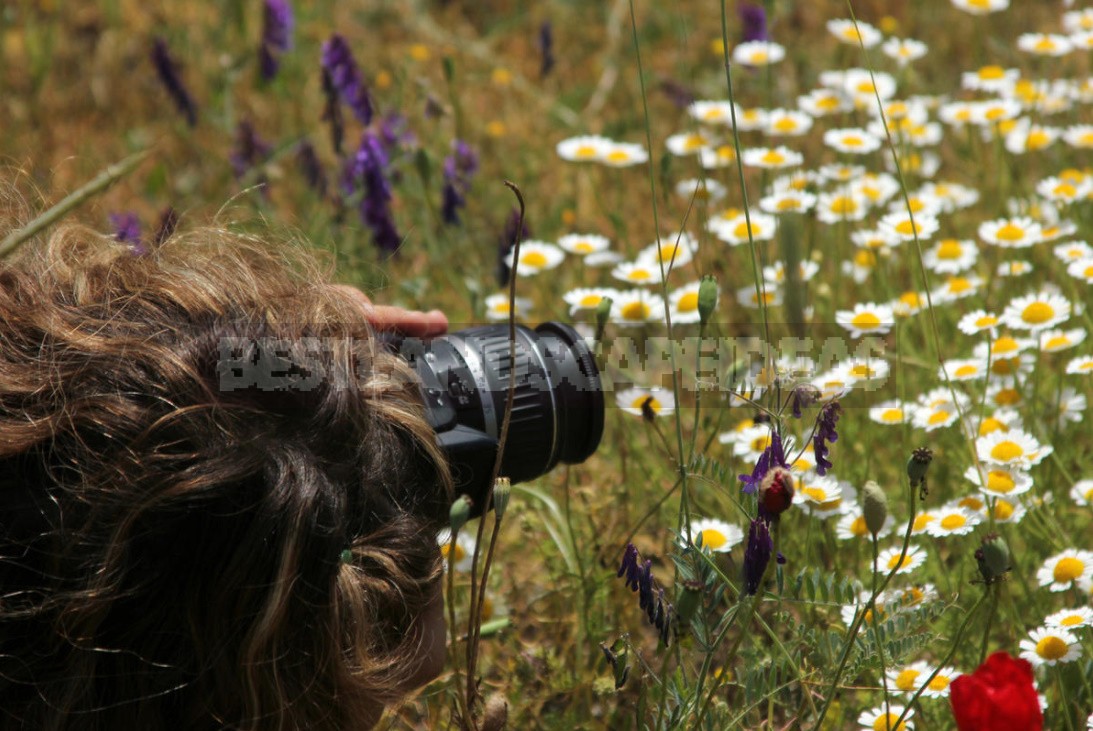
Often novice photographers tightly frame the main object, cut off the edges of the petals of the same rose, which creates a sense of its “lack of freedom”. And sometimes, on the contrary, they leave too much empty, uninformative space around, and the object seems to hang in the void. The borders of the frame should include the most important details of the object, but you can not leave distracting minor details around the perimeter of the image.
By building the frame, determining its fullness, and using the rules of composition, you can achieve a harmonious, balanced location of the portrayed object in the picture.
